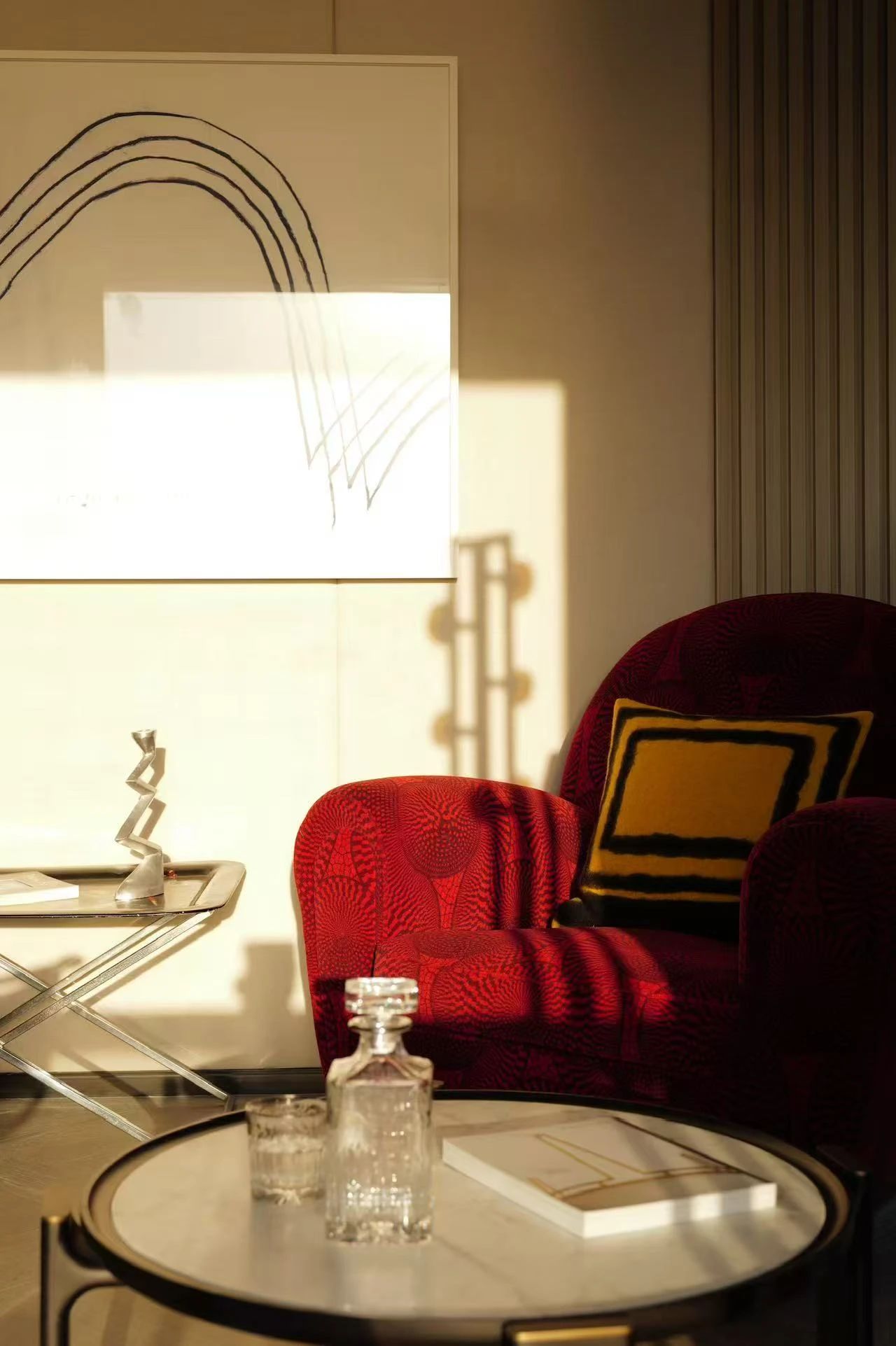Beach Modules Màrius Quintana Creus
2014-02-26 01:00
架构师提供的文本描述。海岸沿线的公共区域和同质设施是设计新元素的起点,为残疾人提供急救、洗手间、盥洗室和更衣室、饮料和冰淇淋亭、废物和回收容器、问讯亭和警察。
Text description provided by the architects. The common areas and homogeneous facilities along the coast are the starting point for the design of new elements to furnish the beaches and provide first aid, washrooms, washroom and dressing room for the disabled, beverages and ice cream kiosk, waste and recycling containers, information booth and police.
这一共同的领域涉及一个共同的元素,在材料和形式上,适应环境和景观。此外,这些要素通过它们的聚集和重复,必须允许不同的用途,具有相同的基本建筑系统和最低限度的必要占用沙区。它们还必须在从城市到海洋的方向上具有较低的视觉不透明度,这样才能使海滨长廊和海滩之间的透明度更高。
This common area involves a common element in terms of materials and form adapted to the environment and the landscape. In addition, these elements through their aggregation and repetition must allow different uses with the same basic construction system and the minimum necessary occupancy of the sand area. They must also have a low visual opacity in the direction from the city to the sea, to allow transparency between the promenade and the beach across the coastal strip.
这一想法源于Donald Judd在德克萨斯州Marfa的Chinati基金会安装的“混凝土中的15个无名工程”(1980-1984年)。这是一个极好的例子,说明如何从单一元素开始,以极端形式的简单性,景观是通过重复或聚集这些元素,这些元素总是平等的。
The idea arises from the installation by Donald Judd entitled "15 Untitle Works In Concrete" (1980-1984) at the Chinati Foundation in Marfa, Texas. It is a magnificent example of how starting with a single element with an extreme formal simplicity, a landscape is colonized through the repetition or aggregation of such elements which are always equal to e
多维数据集是所有必须符合各种程序的元素的公共形式。立方体是最小而简单的形式,在设计它的所有部分及其布局、重复和聚合策略时都需要一个规则。
The cube is proposed as a common form to all the elements that have to conform the various programs. The cube as minimal and simple form that requires a discipline in the design of all its parts and its layout, repetition and aggregation strategies.
立方体是一个元素,它被整合在一起,尊重海滩的景观,虽然它不是自然或有机的形式,但它是岩石、浴棚、避风塘的最高抽象物.在广阔的海洋和沙地的中心地带。
The cube as an element that is integrated and respects the landscape of the beaches, although it is not a natural or organic form, is the highest abstraction of the rocks, the bathing huts, sea shelters ... in the middle of the vast landscape dominated by the sea and sand.
立方体的特征材料将是陶瓷镶嵌覆层,因为它也将作为信号。每个程序都将与一个颜色相关联,这样用户就可以很容易地将它从远处区分开来。
The characteristic material of the cubes will be the ceramic mosaic cladding, as it will also serve as signaling. Each program will be associated with a color so that the user can easily distinguish it from afar.
马赛克是一种可循环利用的材料,很容易从冲击引起的攻击中修复,并涂上多种颜色。这是一种与地中海传统和与水和浴室有关的工艺相关的材料,因此与公共场所需的敬礼有关。
The mosaic is a recyclable material, easily reparable from the aggressions caused by shocks and painted with a wide range of colors. It is a material linked to the Mediterranean tradition and craft related to water and bathrooms, and therefore associated to the salubrity required in public spaces.
 举报
举报
别默默的看了,快登录帮我评论一下吧!:)
注册
登录
更多评论
相关文章
-

描边风设计中,最容易犯的8种问题分析
2018年走过了四分之一,LOGO设计趋势也清晰了LOGO设计
-

描边风设计中,最容易犯的8种问题分析
2018年走过了四分之一,LOGO设计趋势也清晰了LOGO设计
-

描边风设计中,最容易犯的8种问题分析
2018年走过了四分之一,LOGO设计趋势也清晰了LOGO设计






































































